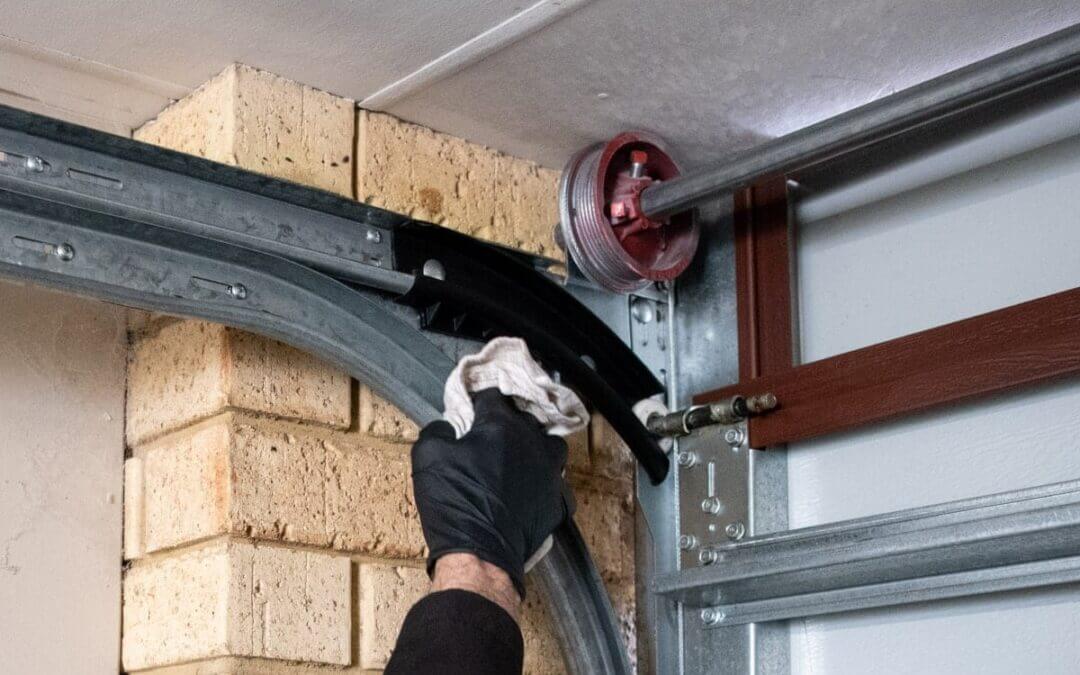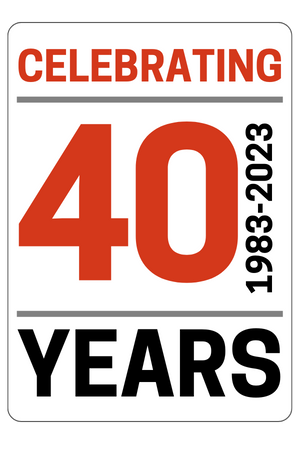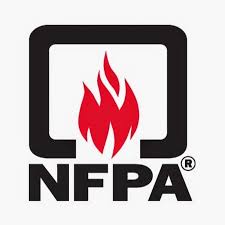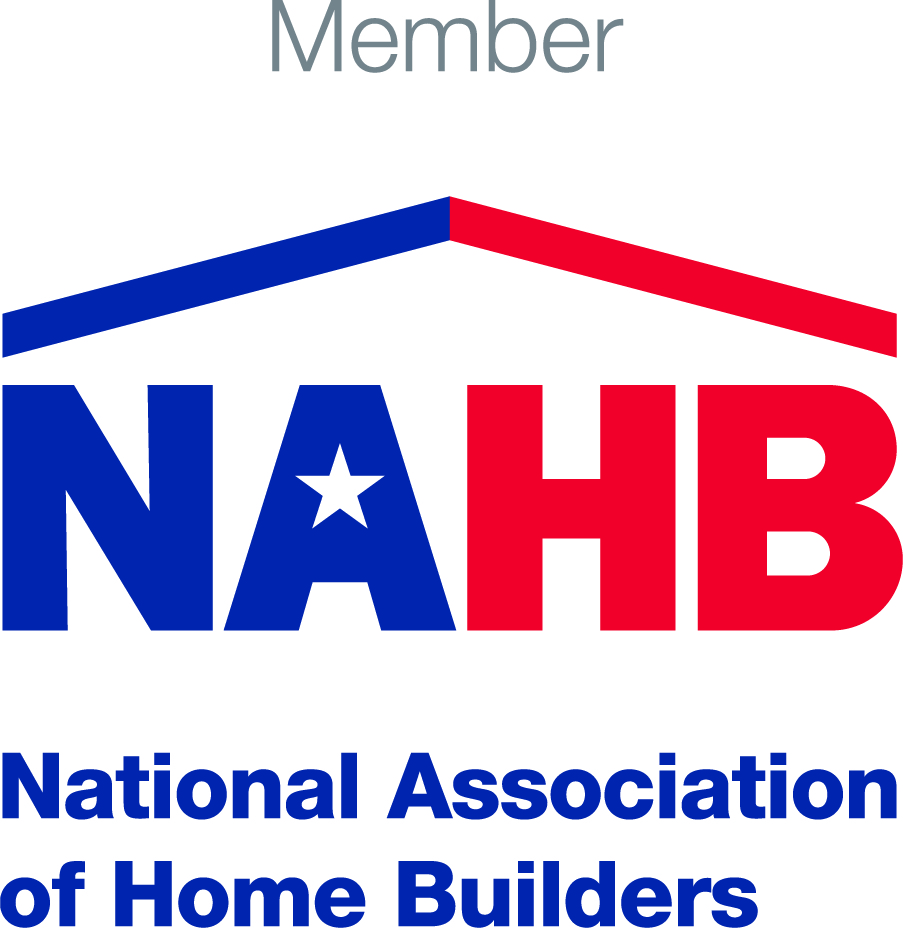Prevention is always better than cure, that’s why timely garage door maintenance is a wise investment. When winter weather settles in for good you have more than enough stress without a garage door failure, right? And you know extreme cold, high winds and snow are a sure thing for Madison WI in the weeks ahead.
Mechanical devices and electronics don’t react well to temperature extremes, especially below freezing. Save yourself aggravation with a checkup of your garage door, hardware and door opening system. If there are maintenance or repair issues, calling in a professional technician is the right thing to do. But before taking that step, do a thorough inspection on your own.
You are the one who knows best if the door or opener is opening as usual or if something’s amiss. Listen closely when it goes up and down. Watch how it reacts. Sure, you’re in a hurry to come and go so you seldom pay too much attention. But now is the time to take a minute. Does the door go up in a smooth motion, or does it “jerk” at first? Does it appear to struggle going up? Does it come down faster than you expect? Does it land with “clunk?”
Listen closely, too. Does the garage door creak, groan, crack or pop?
Anything you see or hear that’s different from what you remember from warm weather, is a warning sign. Checking now is worth a lot – especially when balanced against a garage door failure when you’re late for an appointment!
Garage Door Maintenance Checklist
Here’s a basic checklist of do-it-yourself inspection steps. Take a close look at:
- Rollers and tracks– over time rollers guiding the door and their metal tracks collect grime, grit and dirt. Roller axles get “gunked” up, too. A layer of grime traps moisture and stiffens as temperatures fall. Clean away debris and dirt from tracks and roller wheels.
- Add lubrication– Once the tracks are cleaned, lubricate roller wheels. Make sure to use a lubricant that won’t freeze or turn to gel as the temperature drops. Rollers are exposed to outdoor temperatures. Wipe off excess running down the tracks – too much can collect debris, too.
- Tighten hardware– joints wear as garage doors go up and down thousands of times in a lifetime. Seasonal temperature changes help loosen nuts, bolts and screws. Check and tighten everything – both door hardware and ceiling- and wall-mount brackets. It makes sense to do this twice a year before Madison weather extremes kick in.
- Check weather stripping– Is the large strip of rubber on the bottom edge of your garage door in one piece? It’s there to help keep out drafts, snow, rain and debris. Just as windshield wipers stick to glass in cold weather, garage door weather stripping can freeze to the surface. Check for cracks and when it snows scrape snow and ice away from the bottom of the door. If your door’s rubber seal is gone, consider adding new weather stripping.
Leave Springs And Cables To Pros
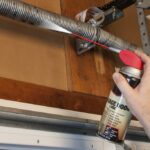
Routine lubrication is the No. 1 do-it-yourself task to protect garage door springs – make sure to use lubricants specifically designed for torsion springs.
The steel cables and torsion springs that move the door up and down are the most vital components. They work hard every time the door moves and they take on a lot of stress. Have you raised and lowered your garage door by hand? Heavy, isn’t it. All that weight is borne by the springs and cables.
Garage door cables and garage door torsion springs should be visually inspected and lubricated regularly. Lubricate them only with specialty products design for these springs. NEVER USE WD-40! It’s not a lube. Visual inspection and routine lubrication is a DIY project. Attempting repairs or replacing springs or cables is not. There’s enough pent up force in garage door cables and torsion springs to seriously injure or kill an amateur. Every year thousands of people are injured by garage door springs. Take the safety warnings seriously. Don’t attempt to replace them yourself.
On the other hand, you can regularly check the ends of cables for frayed or broken strands and any damage to the roller bracket. If you see anything out of the ordinary, call Northland Door Systems for professional repair or replacement. No matter what you think your DIY skill level is, torsion springs are best left to professionals with experience and the right tools for the job.
Why do these heavy-duty torsion springs break? The tightly-wound, high-tension steel, after thousands of up/down cycles, simply wears out. The steel gets brittle and breaks. Cold temperatures make metal more brittle, so winter adds stress.
There’s More To It Than Old Age
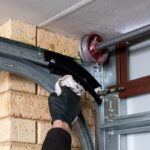
Routine cleaning and lubrication on tracks, cables and rollers keeps bulky garage doors moving freely all year around.
How long do you expect a garage door spring to last? There’s no easy answer. The life of each spring depends upon how often the door opens and closes. So you cannot predict a spring’s useful life. The older a garage door spring is, the more risk. Since the garage door has become the main entry point for most homes in modern society, garage doors go up/down more often these days. As a rule of thumb, modern springs are designed to complete about 10,000 cycles – that’s about 10 years. Family lifestyle and schedules plus routine garage door maintenance has a lot to do with it.
The stress of age and daily use takes a toll. With routine observations you can delay problems. There are additional threats to consider:
- Rust and corrosion– Rust is a threat to steel and rust on high-tension springs weakens the basic metal. Rust causes friction and excess wear. Prevent rust with a high-quality lubricant specifically formulated for garage door springs.
- Poor maintenance– You can prolong the life of springs and cables with regular attention. Spray the entire spring assembly with high-quality lubricants at least three times a year. In addition, regularly check the door’s balance and adjust the pressure on the door opener. Most springs fail in the cold or right after extreme cold – when metal expands again and is brittle from cold.
- Improper springs/installations– Using the wrong wire size – springs too short for instance – leads to failure. Most doors have two springs. Using two spreads the weight to handle the load better. It’s best to replace both even if only one breaks – they’re both subject to the same stress so the other is likely to go, too.
For Garage Door Maintenance, Repairs Call A Pro
If you notice any of these changes it’s time to call a skilled garage door technician. The professionals at Northland Door Systems not only repair and replace door hardware, they can make all the related adjustments to garage door openers, too.
With attention to detail to prepare for or southern Wisconsin’s harsh winter weather your garage door will respond to your needs for a long time. Now’ the time to be sure your garage door maintenance meets the challenge.
High-quality, precision-engineered door systems are only as good as the skilled professionals who install and maintain them. Call or email Northland Door Systems at 608-251-3627 or visit our unique garage door show room just minutes from Madison. We’re the source for repairs and installation of the latest garage doors, opening systems and for garage door maintenance throughout the Madison WI area.



